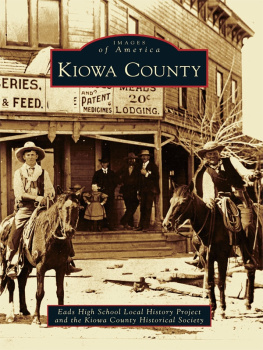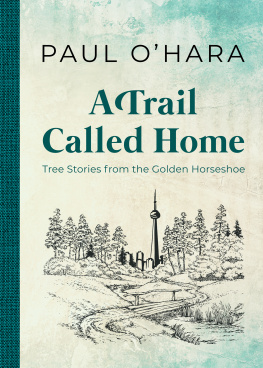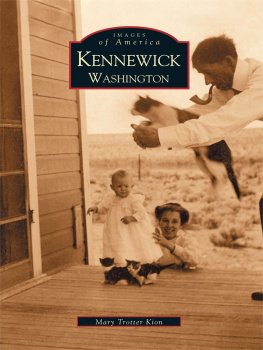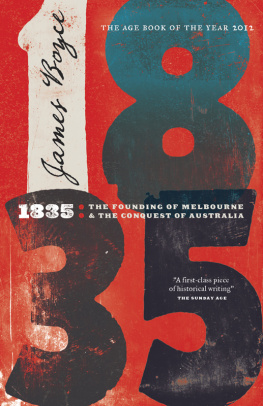
IMAGES
of America
BROWNSBURG
ON THE COVER: This c. 1908 photograph shows children in front of William F. Evans Furniture and Undertaking. Based on the heavy-handed marketing, this is likely a demonstration for Majestic Ranges. A similar demonstration was held in Indianapolis in 1909. For every range sold, free useful utensils were given away. See entire image and additional information about Evans on . (Courtesy of Brownsburg Public Library, Brownsburg Then and Now digital collection.)
IMAGES
of America
BROWNSBURG
Linda Lichte Cook

Copyright 2015 by Linda Lichte Cook
ISBN 978-1-4671-1426-4
Ebook ISBN 9781439652428
Published by Arcadia Publishing
Charleston, South Carolina
Library of Congress Control Number: 2015931260
For all general information, please contact Arcadia Publishing:
Telephone 843-853-2070
Fax 843-853-0044
E-mail
For customer service and orders:
Toll-Free 1-888-313-2665
Visit us on the Internet at www.arcadiapublishing.com
To Shannon Careen Lichte, who passed on her love of the libraryyou are missed and loved.
CONTENTS
ACKNOWLEDGMENTS
My sincere thanks goes to my family, my husband for traipsing through woods and water with me to confirm my hunches, and my sons Zach and Jake, who took my role and became the encouragers; I am exceedingly proud of you both. I would like to thank my sister Lori for her ever-present love and support and Sharon for modeling perseverance. I could not thank the Brownsburg Public Library enough, from Wanda Pearson, mentor and friend, who fostered my love of the local history department; to Denise Robinson, Amie Thomas, and Emily Fleischer for initially thinking of me, allowing me to submerge in history, and letting me take home history books and photographs to study; and to past and present staff for working to preserve the towns history. Roger Zimmerman and Laura Thomas, I am sure there are many people out there with collections about Brownsburg that I would love to see, but I am thankful that you came across my radar and for your desire to share what you have. I would like to thank my writing friend Stacy Post for always checking in. I thank Reann Poray for being willing to do whatever she could to show the way. I also wish to thank Mickie Myers for always helping me figure out what I was looking at in photographs and in life. Tracy Burgoyne, your excitement for this project and for me was uplifting. I thank all of my friends who allowed me to drop off the face of the earth and waited patiently for me to surface again. To all the people and businesses who contributed to the library photograph collection over the years, we, at the library, owe you a big thank-you. There would be no collection without you. Julia Simpson, my editor, thank you for knowing how to manage people and trusting me to do my work and answering my questions when needed. And, last but never ever least to me, dad, there simply is no better example than you.
Unless otherwise indicated, all images appear courtesy of the Brownsburg Public Library, Brownsburg Then and Now digital collection.
INTRODUCTION
This is not a history book. It is a photo album full of history, and I have come to realize, hoping the reader does as well, the magnitude of what our predecessors accomplished.
It must have initially seemed like a lonely and intimidating location to plan a life. When James B. Brown arrived in the area now known as Lincoln Township, in Hendricks County, Indiana, around 1824 there were few if any known settlers to the west and north of him. Most of the area was covered in water at least part of the year. Yet, he stayed, and the township at the time was named Brown after him, and rightly so, considering he had the foresight to see past what was, to what would be. Eventually, there would be no area remaining that would remind anyone of how the land used to be. The swamps were drained and the forests cut down, making way for fields of grass and grain.
In 1828, the Crawfordsville Road, US 136, was not much more than a path or rudimentary road cut through the wilderness. In 1832, a stagecoach line was established along this road to connect the travel from Indianapolis to Crawfordsville. When William Harris arrived, that was likely a deciding factor in his selection of a place to plan his town. It would be the perfect location to offer respite on the long stagecoach journey between the two locations and a profitable one as well. So he proceeded and platted out the land in 1835 and named it after himself, Harrisburg. It was later changed to Brownsburg when the post office was established, avoiding confusion with another Harrisburg, and paying homage to early settler James B. Brown. Benjamin M. Logan was the first postmaster and store merchant, and amazingly enough, he is still here buried in Lingeman Cemetery. The area to become Brownsburg would draw the attention of many pioneer families seeking a place to call home.
Brown Township was the original township. It engulfed all of the land now known as Brown and Lincoln Townships, but in 1863, Brown Township was separated into two parts. When the Civil War draft came in 1863 it was discovered that the southern half of the township was more Republican and the northern more Democratic. A division was favored and granted by the Commissioners, and Lincoln Township was formed.
The railroad came later in 1869 and would continue to change the shape of the town as factories, mills, population, and prosperity grew. It brought with it shipments of stock, lumber, flour, and other necessities.
Around this time, churches and schools were founded. Men and women of faith gathered initially in homes until log structures and then more modern buildings could be built. The community would not be what it is today if not for the churches and people of faith; those strong citizens of the early years whose determination for establishing values and building a town upon them made the town grow because they wanted a better place for families. The schools started in much the same way, from the gathering of these families who wanted more for their children. They went from one-room schoolhouses scattered about the townships to organized schools built in town. In 1899, the first two-story schoolhouse opened on the corner of School Street and College Avenue, and the schools of today carry on the legacy.
The hope is that this book will pique peoples interest in Brownsburgs history. Someone discovers a tidbit here, someone finds a photograph there, and soon, a clearer picture of the past has been assembled. History and information are not items to be possessive of; they are something to share. The key is getting the information assembled in a central location, like a library, for future generations to access.
I have tried to be as historically accurate as possible, and I have gathered numerous documents to support what I can. I have searched and have endeavored to use original source documentation.
This is a collection of photographs that I hope you have not seen in a while or have never seen. It is a small representation of the over 1,000 photographs that are currently housed in the Brownsburg Then and Now digital collection. The photographs have been donated over the years by organizations, businesses, and patrons who all have the same desire to preserve our past. There was no guideline or criteria. It was not my intent to exclude or omit any person, place, or thing. The truth is that it was very difficult to pick out photographs and leave some behind. Some photographs were left behind simply because there was no information to corroborate them. That is where the public comes in and can help identify and preserve the history. In the end, the criteria became what brings smiles, laughs, and remembrance.
Next page















